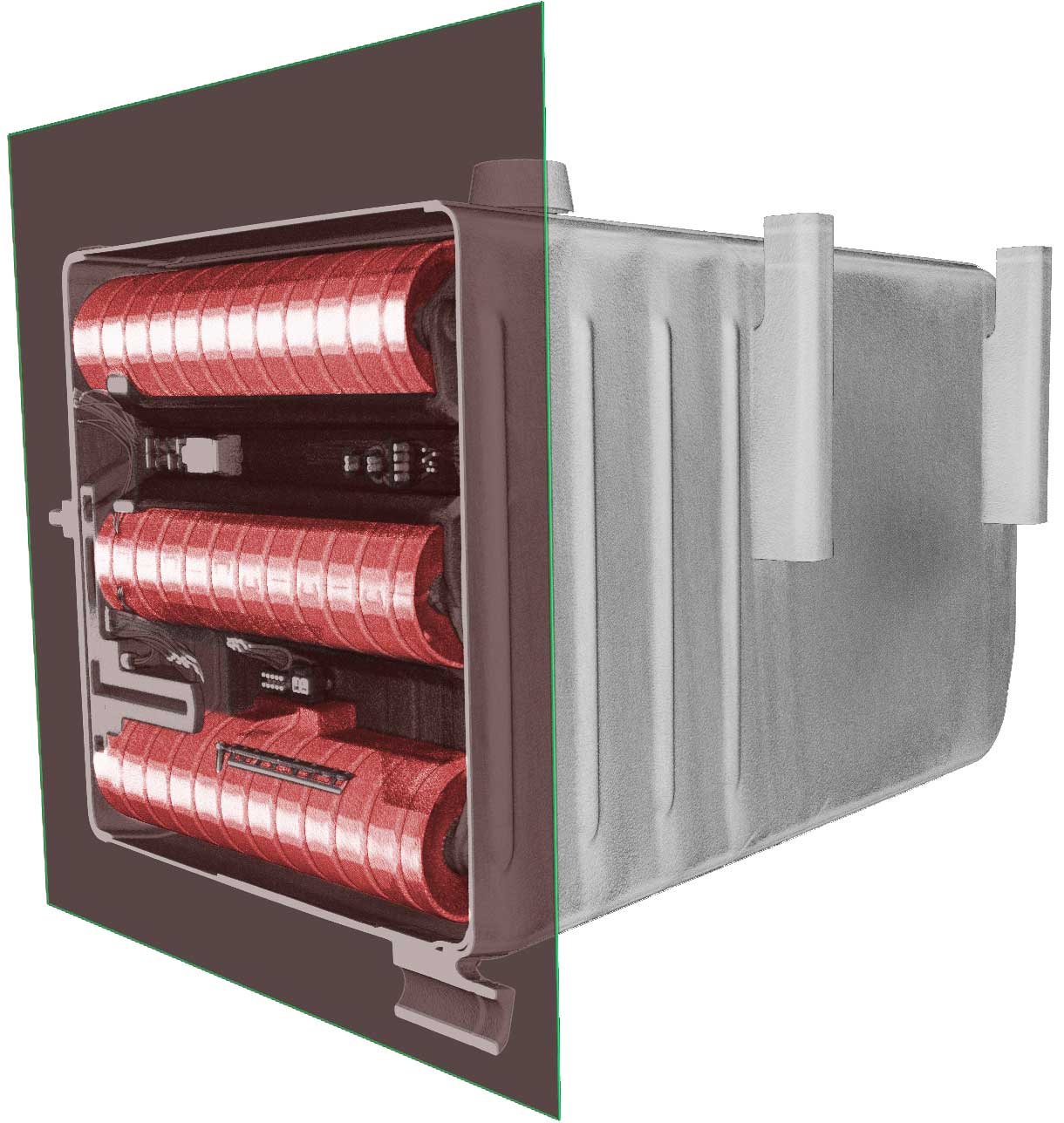10 Key Benefits of X-Ray Scanning for Industrial Quality Control
X-ray scanning technology has revolutionised industrial quality control, offering unparalleled inspection capabilities that detect defects and contaminants invisible to the naked eye. From flaw detection to reduced inspection costs, X-ray scanning is vital in ensuring product quality and safety in various industries, including aerospace, automotive, defence, energy production, and oil & gas. In this blog post, we cover the 10 key benefits of X-ray scanning for industrial quality control.
1. Detection of Flaws
X-ray and gamma radiation provide a unique capability to reveal flaws that cannot be detected by visual inspection alone. These scanning techniques enable the inspection of materials without the need to move or damage them, ensuring a non-invasive approach to quality control. Flaws include cracks, fractures, and inclusions, and identifying them is critical for maintaining high-quality standards.
2. Non-Destructive Testing
One of the primary benefits of X-ray inspection machines is their non-destructive nature. Unlike destructive testing methods, X-ray scanning does not damage the product being inspected. This non-invasive approach allows for easy validation of parts, identification of design issues, and investigation of discrepancies and ensures the preservation of the product’s integrity. Non-destructive testing enables manufacturers to analyze components without compromising their functionality.
3. Internal and External Measurements
X-ray scanning offers the remarkable ability to view, inspect, and measure interior areas, features, and components without disassembling the product. By capturing cross-sectional images, X-ray scanners provide precise measurements of complex geometries, facilitating material analysis, assembly verification, and failure analysis. This capability is particularly valuable in industries where accuracy and dimensional conformity are crucial.
4. Inspection of High-Stress Components
In industries like aviation and automotive, where high-stress components are critical for safety and performance, X-ray scanners play a pivotal role. These scanners are employed to inspect internal defects in castings, aircraft or machine parts, and munitions. By detecting hidden flaws, such as fractures or inclusions, X-ray scanning ensures the integrity and reliability of these components under demanding operating conditions.
5. Security Applications
X-ray scanning is used extensively in security applications. It can be conducted through fixed or portable systems to screen vehicles, cargo, personnel, and suspect objects. With the ability to penetrate various materials and produce high-resolution images, X-ray scanning enhances security measures in sensitive environments.
6. Assembly Verification
Assembly verification is a critical aspect of industrial quality control as it enables engineers to check that components are correctly assembled and interconnected. X-ray scanning plays a vital role in this process by providing a non-destructive and accurate method for verifying the assembly of complex products.
7. Real-Time Inspection
X-ray scanners offer real-time inspection capabilities that match or even exceed most production line speeds. These machines seamlessly integrate into the manufacturing process, allowing for continuous and non-intrusive inspection of components and products. With their high-speed imaging and analysis capabilities, X-ray scanners can quickly identify defects, inconsistencies, or deviations from specifications.
8. Improved Product Quality
X-ray scanning significantly contributes to enhancing the quality of products during the development and production stages. With the use of computed tomography (CT) scanning, manufacturers can obtain detailed internal views of parts, enabling them to assess internal structures, identify potential defects, and ensure optimal functionality. By incorporating X-ray scanning in the quality control process, companies can deliver products that meet the highest standards and customer expectations.
9. Reduced Inspection Costs
X-ray inspection machines seamlessly integrate into production lines. By automating the inspection process, X-ray scanners reduce the need for manual inspection, resulting in substantial time and cost savings. Because X-ray scanning is highly accurate and efficient, this eliminates the risk of human error, ensuring consistent and reliable quality control at a fraction of the cost associated with manual inspection methods.
10. Reduced Product Development Time
X-ray scanning provides fast and accurate inspection and measurement of products, expediting the product development process. By quickly detecting design flaws, structural weaknesses, or manufacturing defects, X-ray scanning enables prompt corrective actions, reducing the time required for product iteration and refinement. The accelerated development cycle ultimately translates into faster time-to-market, giving companies a competitive edge.
X-ray Scanning with North Star Imaging
X-ray scanning technology offers unparalleled inspection capabilities for industrial quality control. Its ability to detect flaws, non-destructive nature, precise measurements, and improved product quality make it an indispensable tool in various industries. From reducing inspection costs to speeding up product development, X-ray scanning enhances efficiency and ensures the highest standards of product quality and safety.
If you require industrial CT X-ray inspection systems, look no further than North Star Imaging. We are a leading provider of these solutions, and our expertise and cutting-edge technology contribute to the continuous advancement of X-ray scanning solutions for industrial quality control applications. One of the solutions we offer is the X5000. It is designed to accommodate large components while retaining the ability to inspect small components with precision and comes with integrated process controls and software, as well as advanced imaging modalities.
Contact an NSI expert today to find the best system for your industrial quality control needs.


